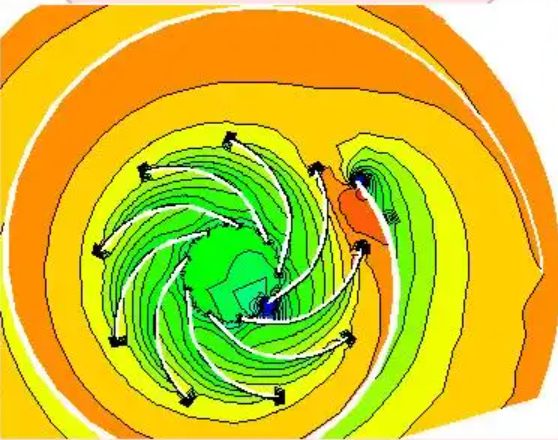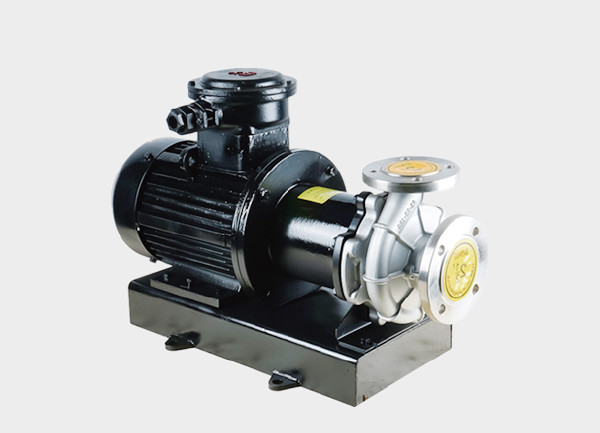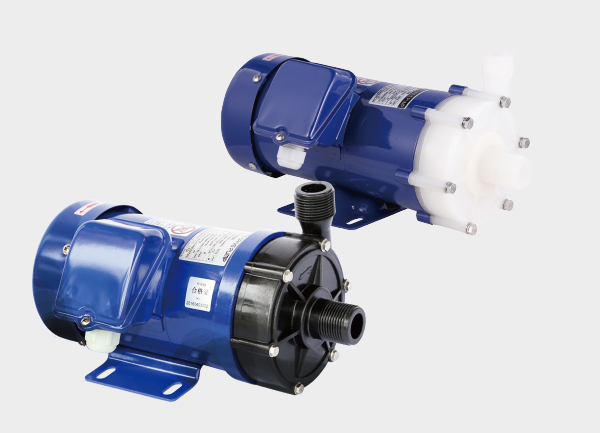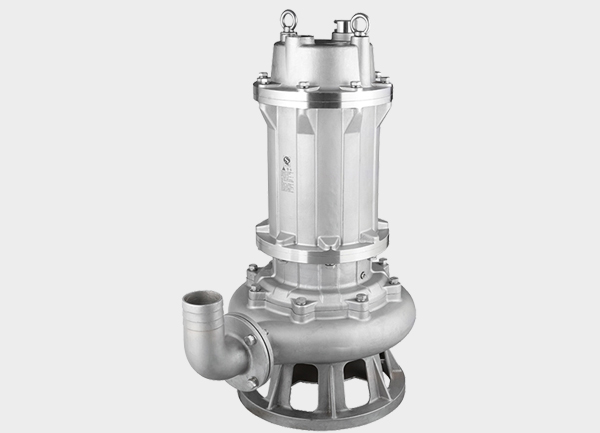Cavitation is one of the most common and destructive phenomena in centrifugal pump operation. It occurs when liquid pressure inside the pump drops below its vapor pressure, forming vapor bubbles that collapse violently — damaging internal components and reducing performance. This article explains cavitation from five key perspectives: definition, mechanism, main causes, effects, and prevention methods.

1. What Is Cavitation in a Centrifugal Pump?
A centrifugal pump transfers liquid from a low-pressure inlet (suction side) to a high-pressure outlet (discharge side) using centrifugal force generated by a rotating impeller.
When the liquid pressure at the impeller eye (inlet) drops below the vapor pressure of the liquid, dissolved gases come out of solution, and the liquid begins to vaporize, forming numerous small bubbles.
As these vapor bubbles move to higher-pressure regions of the impeller, they collapse rapidly. The implosion releases intense micro-jets and shock waves, with local pressures that can reach thousands of atmospheres.
This repeating cycle of bubble formation, collapse, and impact is known as pump cavitation.
2. The Three Core Causes of Cavitation
Cavitation occurs whenever the pressure at the impeller inlet is lower than the liquid’s vapor pressure. The main contributing factors fall into three categories:
1. Low Suction Pressure
Excessive installation height (the suction lift is too high, reducing inlet pressure).
Blocked or partially closed suction valve, or clogged suction piping (increasing friction losses).
2. High Liquid Vapor Pressure
The liquid being pumped is too hot (for example, hot water or oil). As temperature rises, vapor pressure increases, making cavitation more likely.
Volatile liquids like alcohol, gasoline, or solvents naturally have high vapor pressures.
3. Abnormal Operating Conditions
Overcapacity operation: when the pump operates far above its design flow rate, flow velocity at the impeller eye increases.
According to Bernoulli’s principle, higher velocity means lower pressure, which encourages cavitation.
3. The Four Major Effects of Cavitation
Cavitation has both mechanical and performance-related consequences. If left unchecked, it can cause severe equipment failure.
(1) Mechanical Damage
Collapsing bubbles create micro-jets that strike the metal surfaces of the impeller and casing, forming pits and cavities. Over time, the impeller edges become serrated or corroded, and in extreme cases, the casing can be perforated.
(2) Performance Degradation
Gas bubbles occupy part of the flow channel, reducing the effective liquid volume being pumped. As a result:
Flow rate and head decrease noticeably.
Efficiency drops — the pump consumes the same power but delivers less liquid.
(3) Noise and Vibration
Bubble collapse generates high-frequency noise (often described as “crackling” or “gravel” sounds). The resulting shock waves induce vibration, which can damage bearings and seals, accelerating wear.
(4) Reduced Service Life
The combined effects of mechanical erosion and vibration can cut the pump’s service life by half or more. A pump that normally lasts 5–8 years might require impeller or shaft replacement within 2–3 years if cavitation persists.
4. Five Key Measures to Prevent Cavitation
To avoid cavitation, the goal is to keep the suction pressure above the liquid’s vapor pressure. Effective prevention strategies include:
(1) Optimize Installation Height
Follow the manufacturer’s recommended Net Positive Suction Head (NPSH) limits. Keep the suction lift lower than the specified maximum — ideally 0.5–1 m below the rated value for safety.
(2) Improve Suction Piping Design
Use pipes with adequate internal diameter to reduce flow velocity and friction loss.
Avoid excessive pipe length, bends, or fittings that cause local pressure drops.
Clean suction strainers regularly to prevent clogging.
(3) Control Liquid Temperature and Type
For hot liquids, use flooded suction installation (pump positioned below the liquid level) to increase inlet pressure.
For volatile or low-boiling liquids, select low-NPSH pumps, such as canned motor pumps or magnetic drive pumps.
(4) Avoid Overcapacity Operation
Operate near the pump’s design point. If higher flow is required, use a larger-capacity pump rather than forcing the existing one beyond its range.
(5) Use Cavitation-Resistant Materials
In high-risk environments (e.g., hot water, corrosive liquids), select impeller and casing materials like duplex stainless steel, Hastelloy, or ceramic-coated alloys to improve resistance to erosion and corrosion.
Conclusion
Cavitation in centrifugal pumps is a pressure-induced vaporization and collapse process that damages components, reduces efficiency, and shortens service life.
By maintaining proper suction conditions — through correct installation height, optimized piping, temperature control, and proper operation — cavitation can be effectively prevented, ensuring safe, efficient, and long-lasting pump performance.







